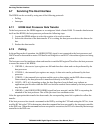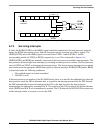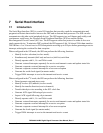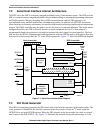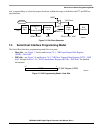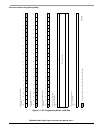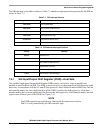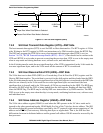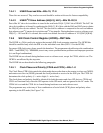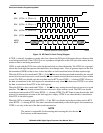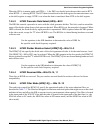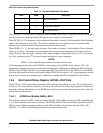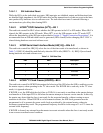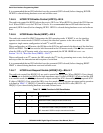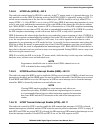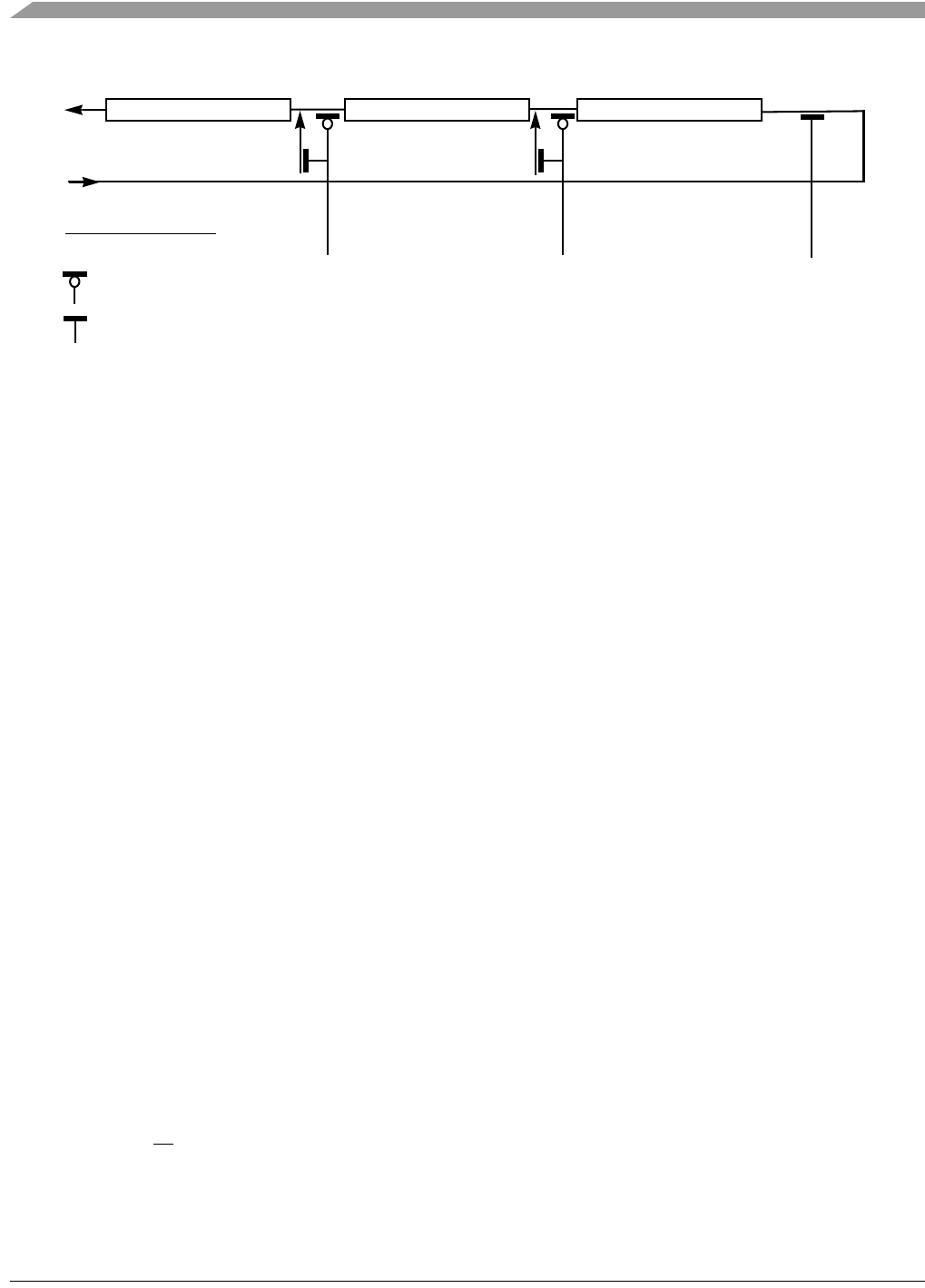
Serial Host Interface Programming Model
DSP56366 24-Bit Digital Signal Processor User Manual, Rev. 4
7-6 Freescale Semiconductor
Figure 7-5 SHI I/O Shift Register (IOSR)
7.4.2 SHI Host Transmit Data Register (HTX)—DSP Side
The host transmit data register (HTX) is used for DSP-to-Host data transfers. The HTX register is 24 bits
wide. Writing to the HTX register by DSP core instructions or by DMA transfers clears the HTDE flag.
The DSP may program the HTIE bit to cause a host transmit data interrupt when HTDE is set (see
Section 7.4.6.10, "HCSR Transmit-Interrupt Enable (HTIE)—Bit 11"). Data should not be written to the
HTX until HTDE is set in order to prevent overwriting the previous data. HTX is reset to the empty state
when in stop mode and during hardware reset, software reset, and individual reset.
In the 8-bit data transfer mode the most significant byte of the HTX is transmitted; in the 16-bit mode the
two most significant bytes, and in the 24-bit mode all the contents of HTX is transferred.
7.4.3 SHI Host Receive Data FIFO (HRX)—DSP Side
The 24-bit host receive data FIFO (HRX) is a 10-word deep, First-In-First-Out (FIFO) register used for
Host-to-DSP data transfers. The serial data is received via the shift register and then loaded into the HRX.
In the 8-bit data transfer mode, the most significant byte of the shift register is transferred to the HRX (the
other bits are cleared); in the 16-bit mode the two most significant bytes are transferred (the least
significant byte is cleared), and in the 24-bit mode, all 24 bits are transferred to the HRX. The HRX may
be read by the DSP while the FIFO is being loaded from the shift register. Reading all data from HRX
clears the HRNE flag. The HRX may be read by DSP core instructions or by DMA transfers. The HRX
FIFO is reset to the empty state when the chip is in stop mode, and during hardware reset, software reset,
and individual reset.
7.4.4 SHI Slave Address Register (HSAR)—DSP Side
The 24-bit slave address register (HSAR) is used when the SHI operates in the I
2
C slave mode and is
ignored in the other operational modes. HSAR holds five bits of the 7-bit slave device address. The SHI
also acknowledges the general call address specified by the I
2
C protocol (eight zeroes comprising a 7-bit
address and a R/W
bit), but treats any following data bytes as regular data. That is, the SHI does not
differentiate between its dedicated address and the general call address. HSAR cannot be accessed by the
host processor.
16
23
8
15
0
7
8-Bit Data
Mode
16-Bit Data
Mode
24-Bit Data
Mode
Mode of Operation
Stops Data When Data Mode is Selected
Passes Data When Data Mode is Selected
AA0420



